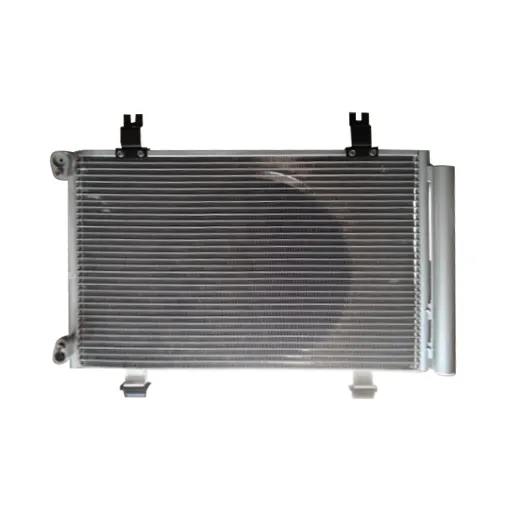Understanding Auto Air Conditioner Parts: Keeping Your Cool on the Road
2024-09-25
An efficient air conditioning system is crucial for comfort during hot weather while driving. Auto air conditioners consist of several components that work together to keep the cabin cool. In this blog, we’ll explore the essential parts of an auto air conditioning system, their functions, and tips for maintenance.
Key Components of Auto Air Conditioners
1. Compressor
- The heart of the air conditioning system, the compressor, circulates refrigerant throughout the system. It compresses low-pressure refrigerant gas into high-pressure gas, enabling the cooling process.
2. Condenser
- Located at the front of the vehicle, the condenser cools the high-pressure refrigerant gas coming from the compressor. As air flows through it, the gas condenses into a liquid, releasing heat.
3. Receiver-Drier
- This component acts as a filter for the refrigerant, removing moisture and contaminants. It ensures the refrigerant remains clean and dry, preventing damage to other parts of the system.
4. Expansion Valve
- The expansion valve regulates the flow of refrigerant into the evaporator. It reduces the pressure of the refrigerant, allowing it to expand and cool before entering the evaporator.
5. Evaporator
- Located inside the vehicle’s cabin, the evaporator absorbs heat from the air, cooling it down. The refrigerant evaporates as it absorbs heat, providing cool air into the cabin.
6. Blower Motor
- The blower motor circulates air through the evaporator and into the cabin. It can be adjusted to various speeds, allowing drivers to control airflow.
7. Refrigerant
- A specialized fluid, usually R-134a or R-1234yf, that circulates through the system, absorbing and releasing heat. Proper levels of refrigerant are essential for efficient operation.
8. Hoses and Fittings
- These components connect the various parts of the air conditioning system, allowing refrigerant to flow between the compressor, condenser, expansion valve, and evaporator.

Importance of Maintenance
Regular maintenance of your vehicle's air conditioning system is essential to ensure optimal performance. Here are some maintenance tips:
1. Check Refrigerant Levels
- Low refrigerant levels can hinder cooling performance. Regularly check and recharge if necessary, following manufacturer guidelines.
2. Inspect Hoses and Connections
- Look for any signs of wear, cracks, or leaks in hoses and connections. Replacing damaged parts promptly can prevent further issues.
3. Clean or Replace Filters
- The cabin air filter should be cleaned or replaced regularly to ensure proper airflow and maintain air quality inside the vehicle.
4. Test the System
- Periodically test the A/C system to ensure it cools efficiently. If you notice unusual noises or reduced cooling, consult a professional.
5. Run the A/C Regularly
- Even in cooler months, run the A/C system periodically to keep the components lubricated and in good working order.
Conclusion
Understanding the essential parts of your auto air conditioning system can help you appreciate the complexity of keeping your cabin cool. Regular maintenance and timely repairs are crucial for ensuring your air conditioning system operates efficiently. By staying proactive with your vehicle's A/C, you can enjoy a comfortable driving experience, no matter the weather outside!


